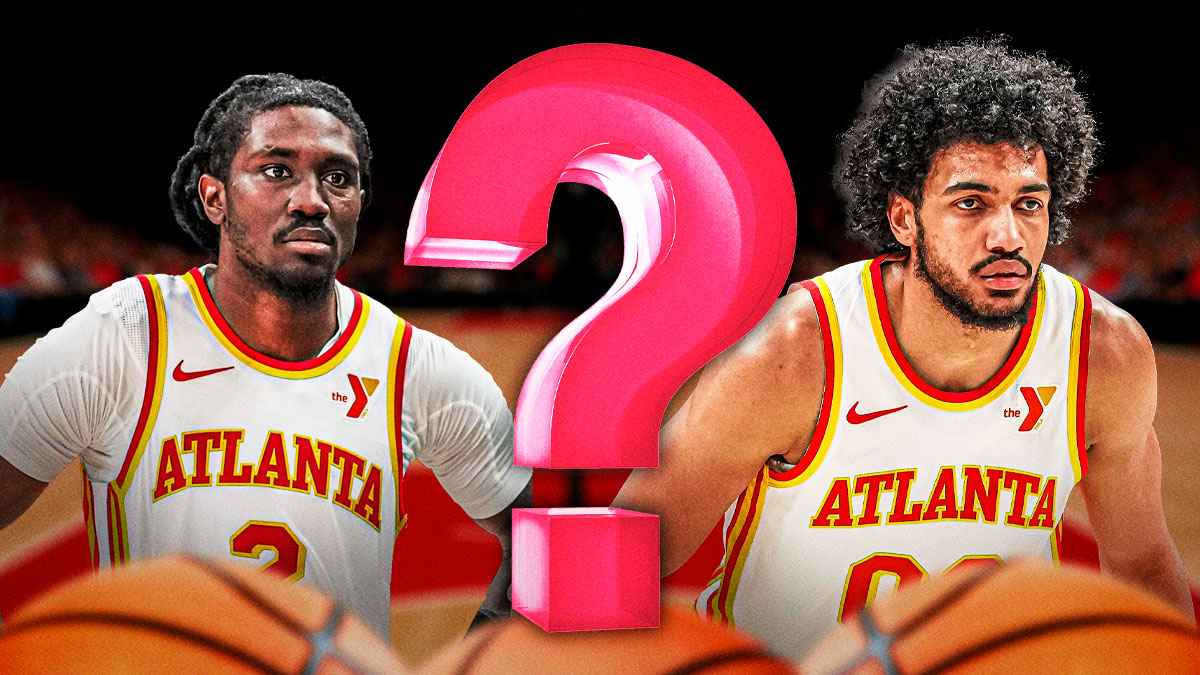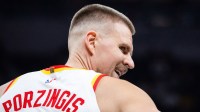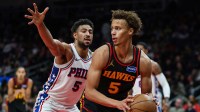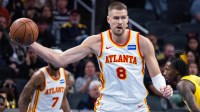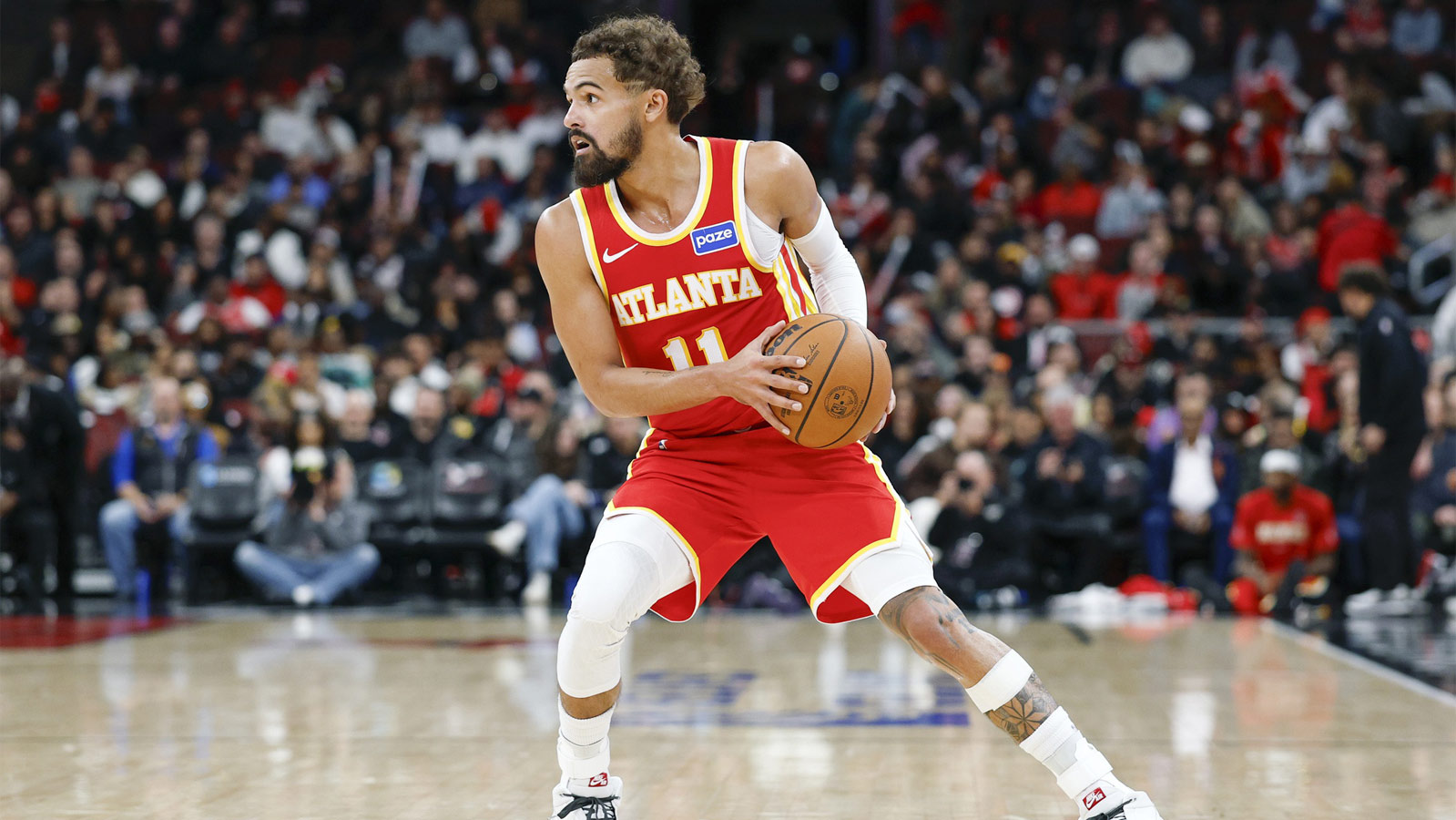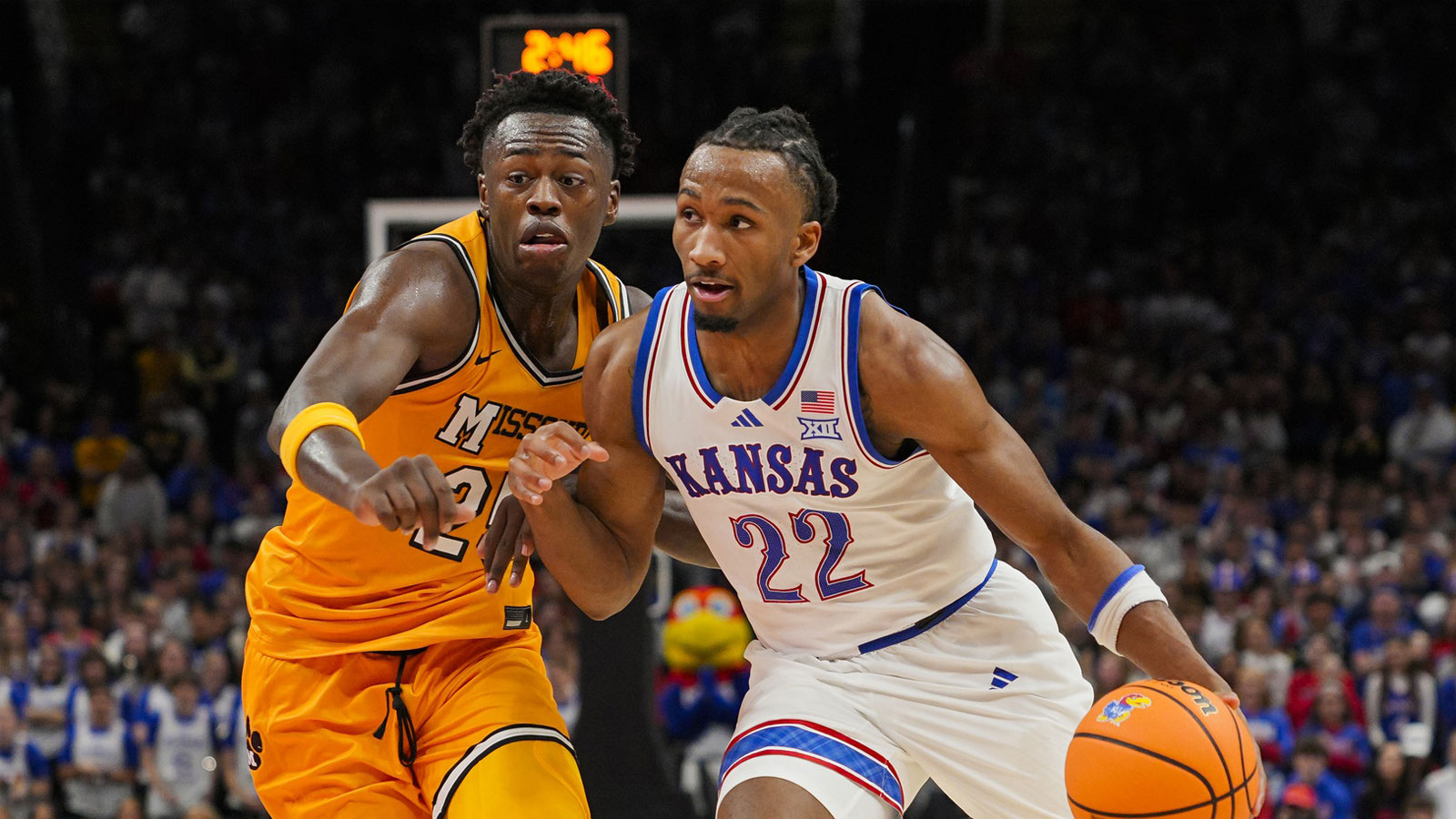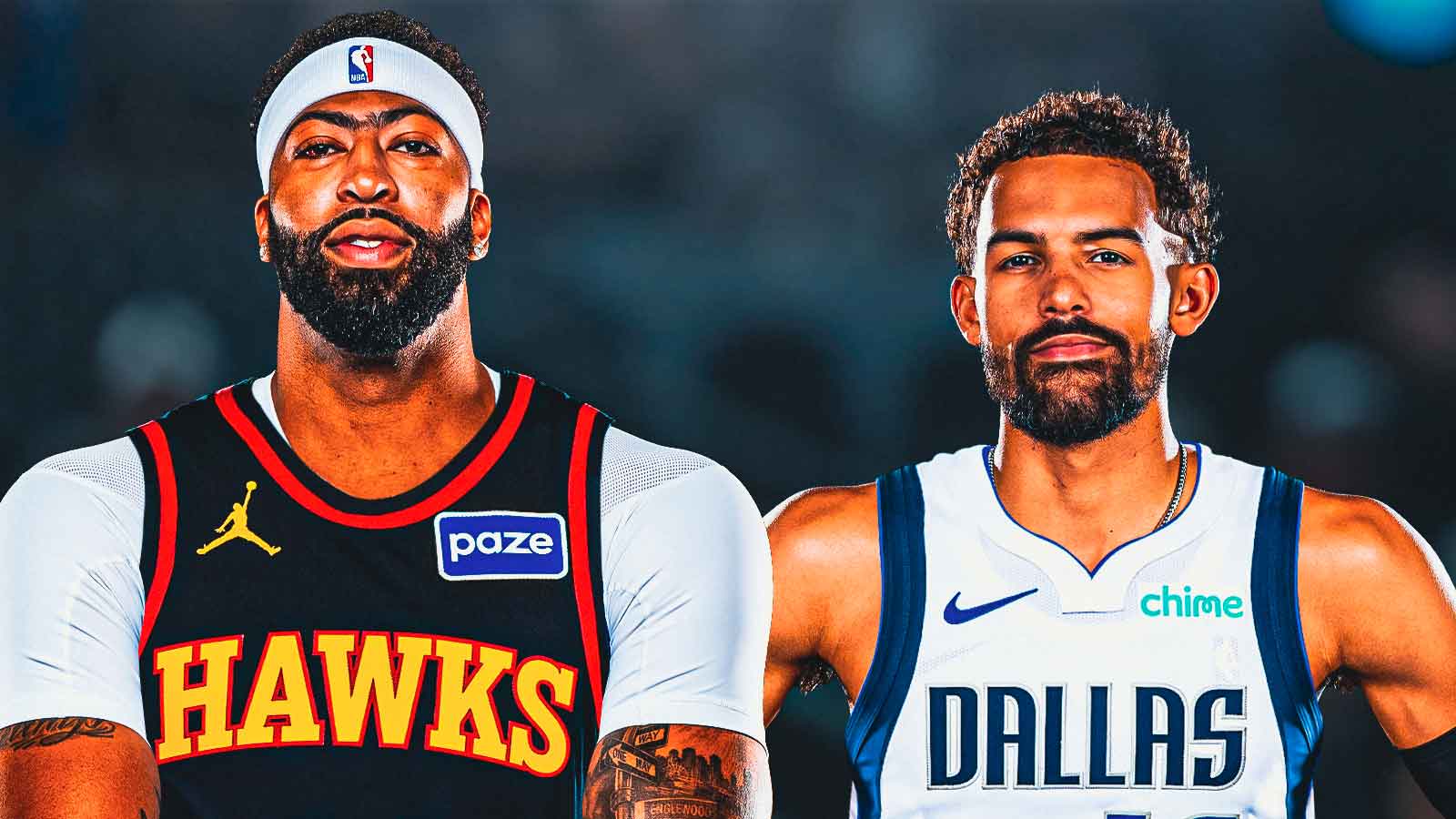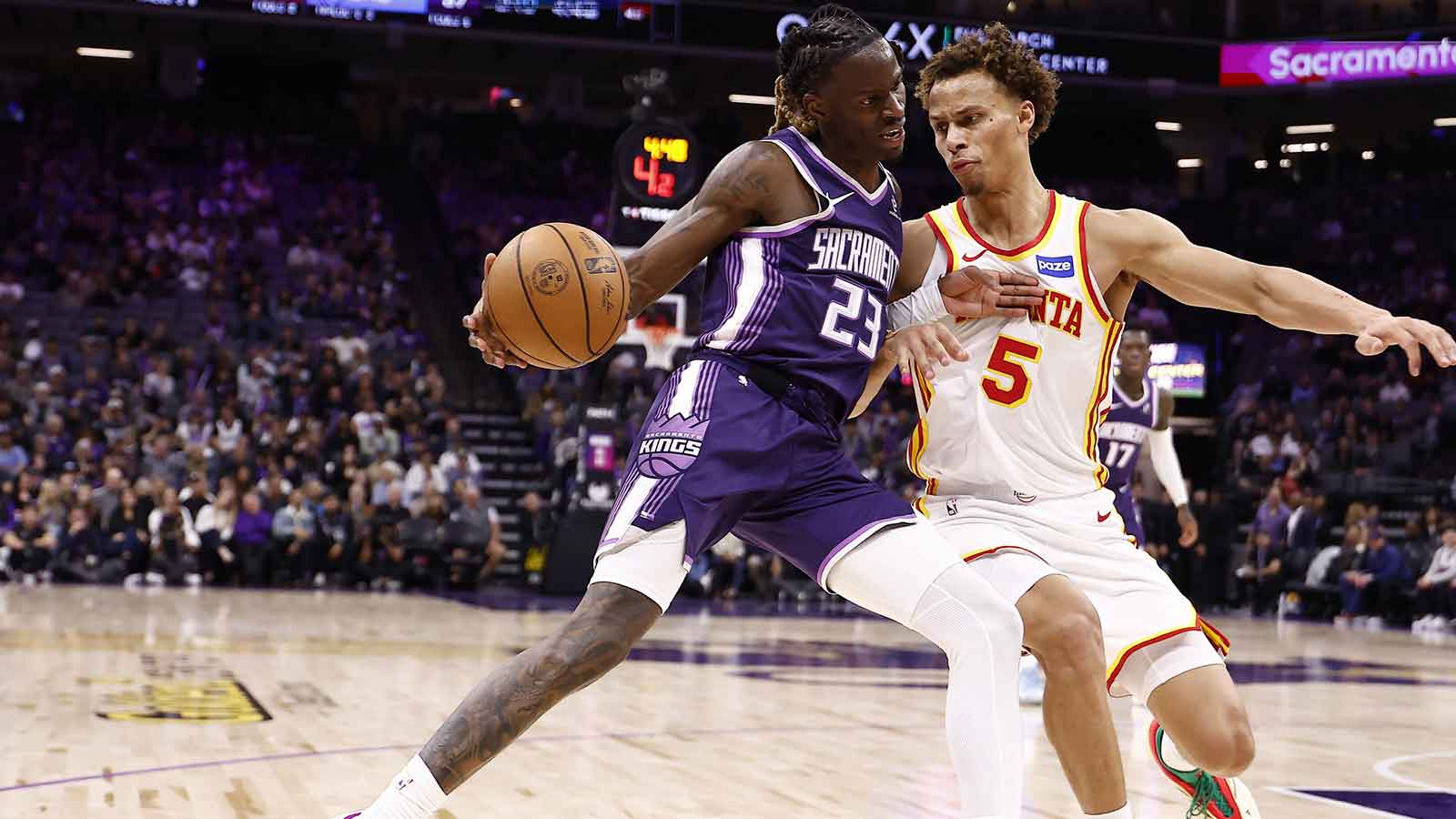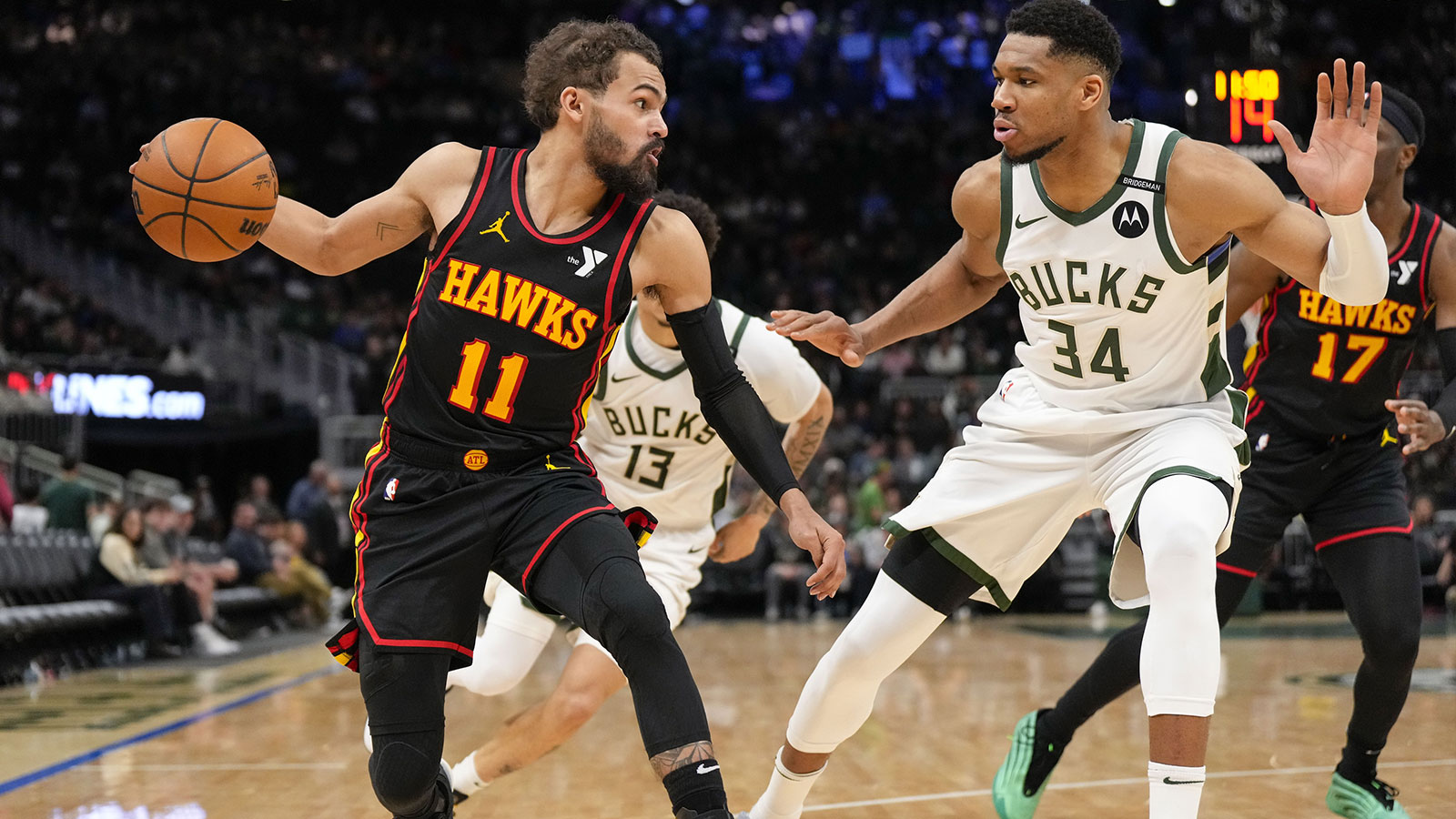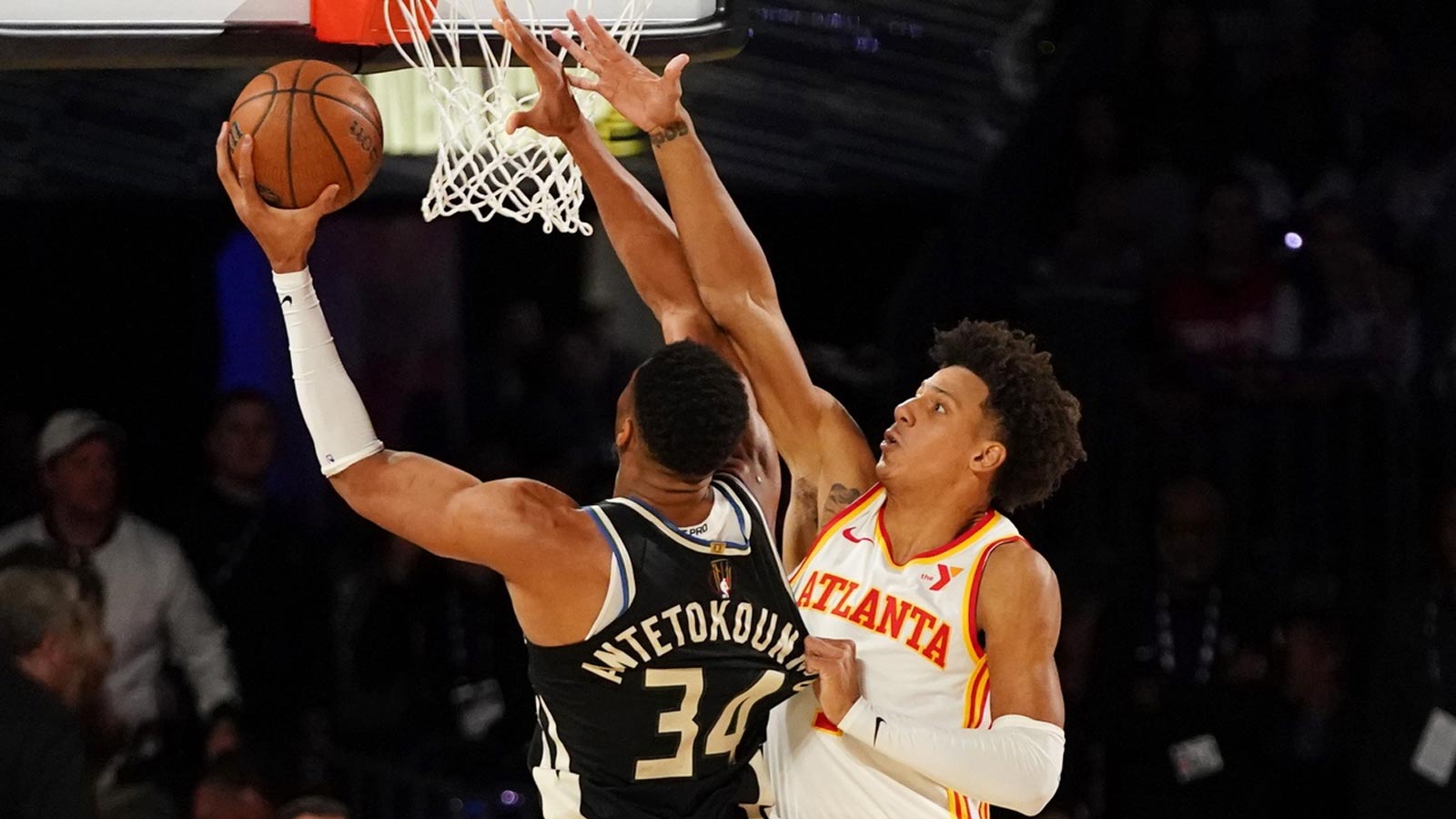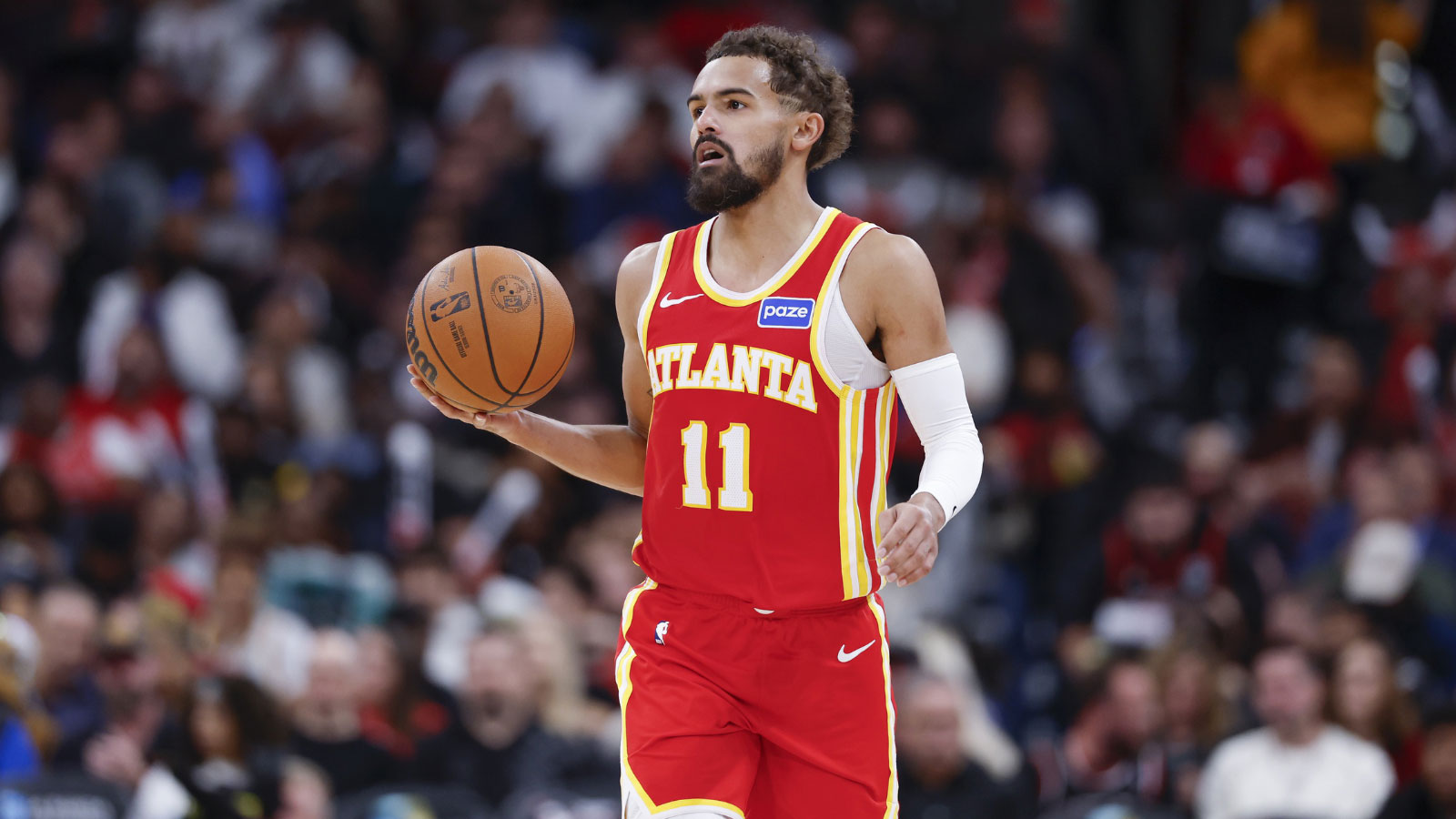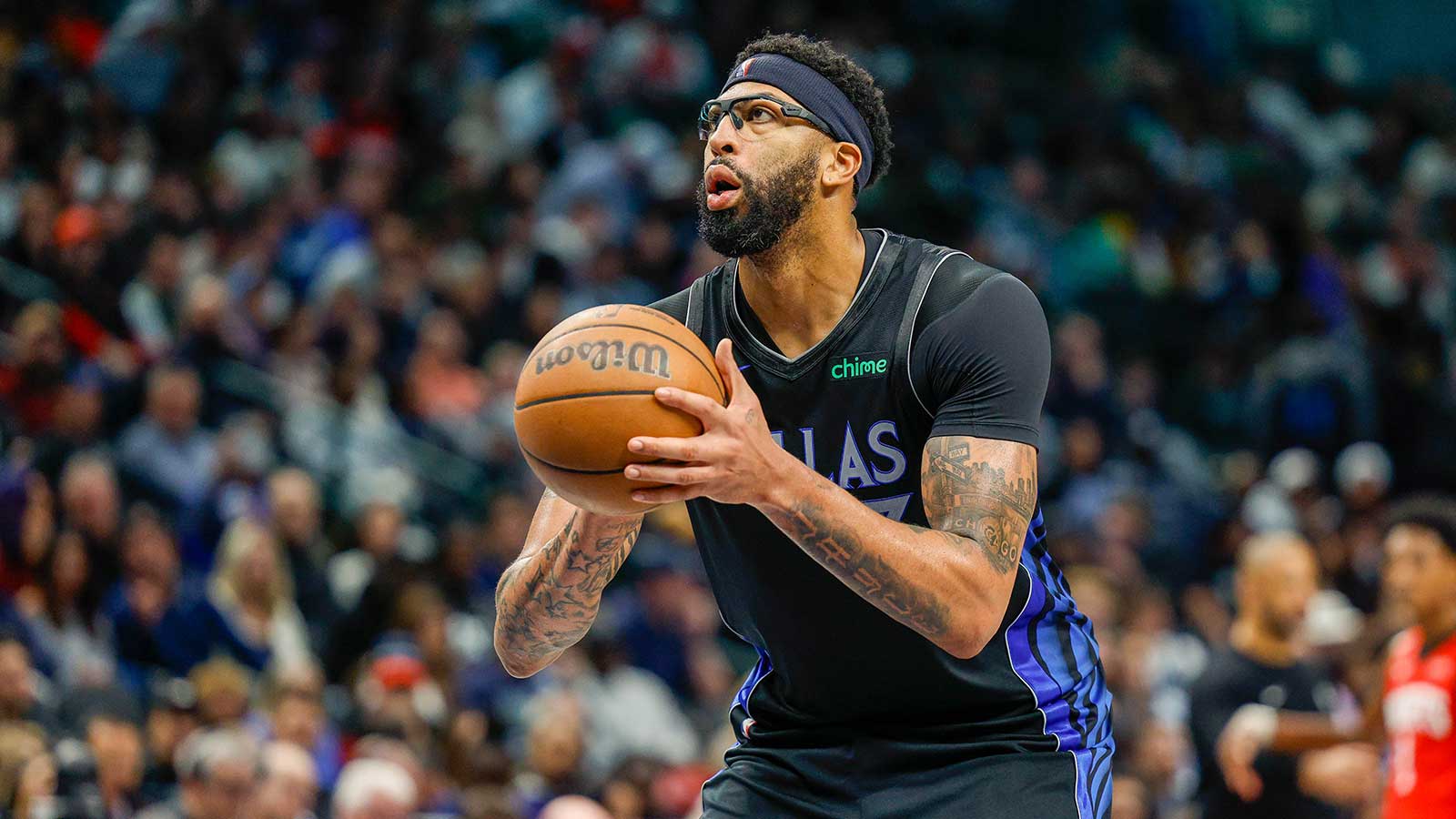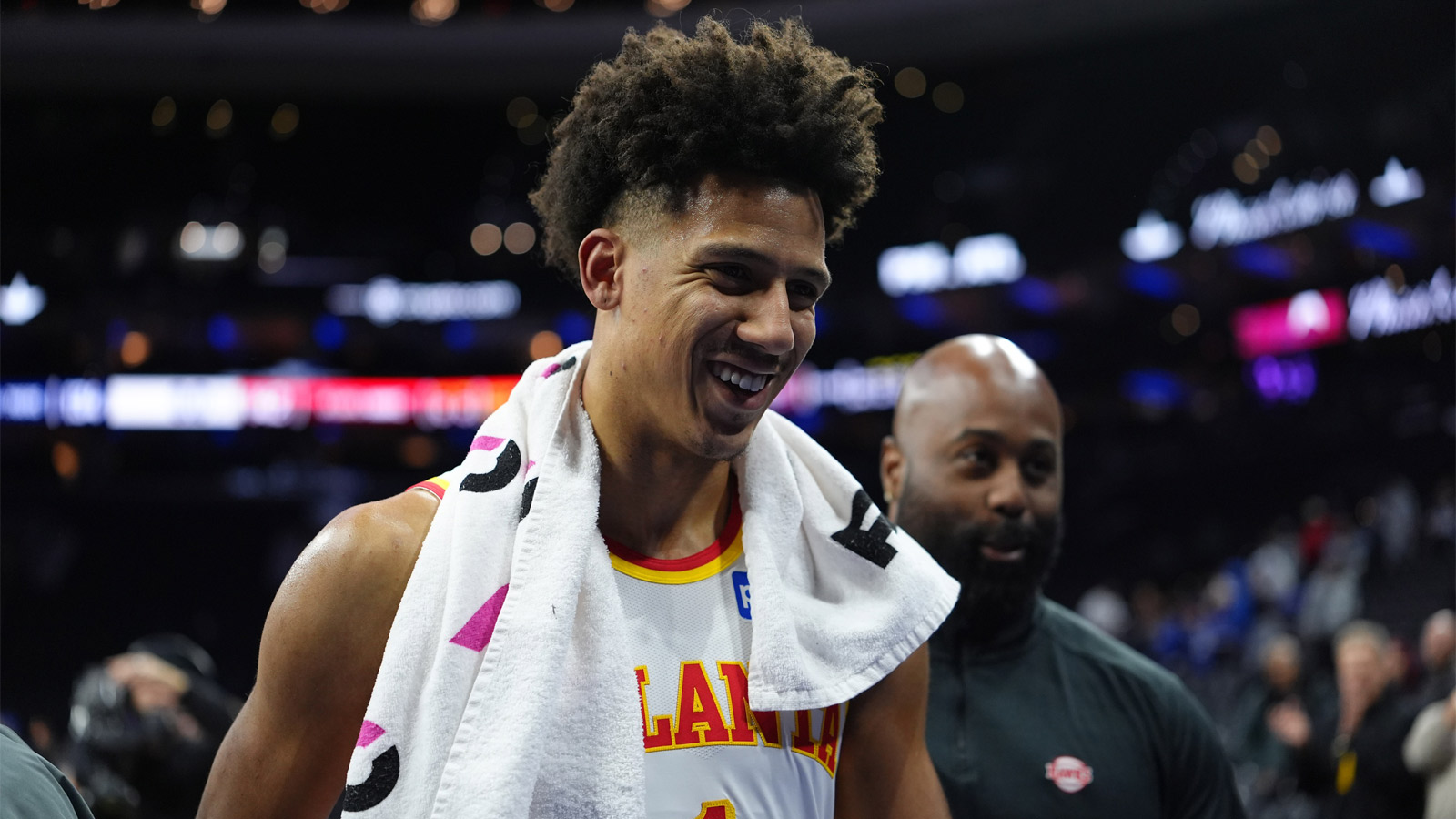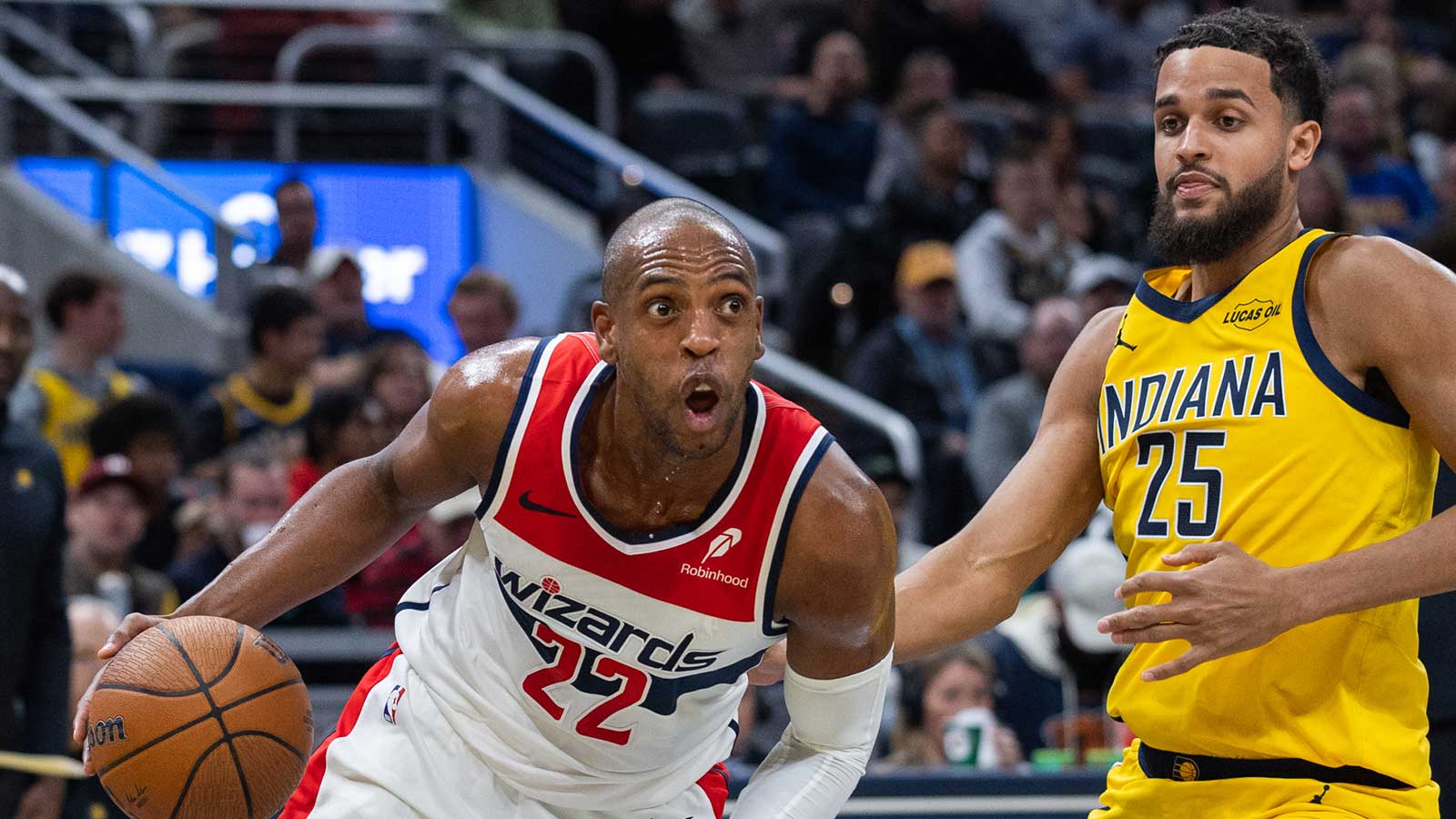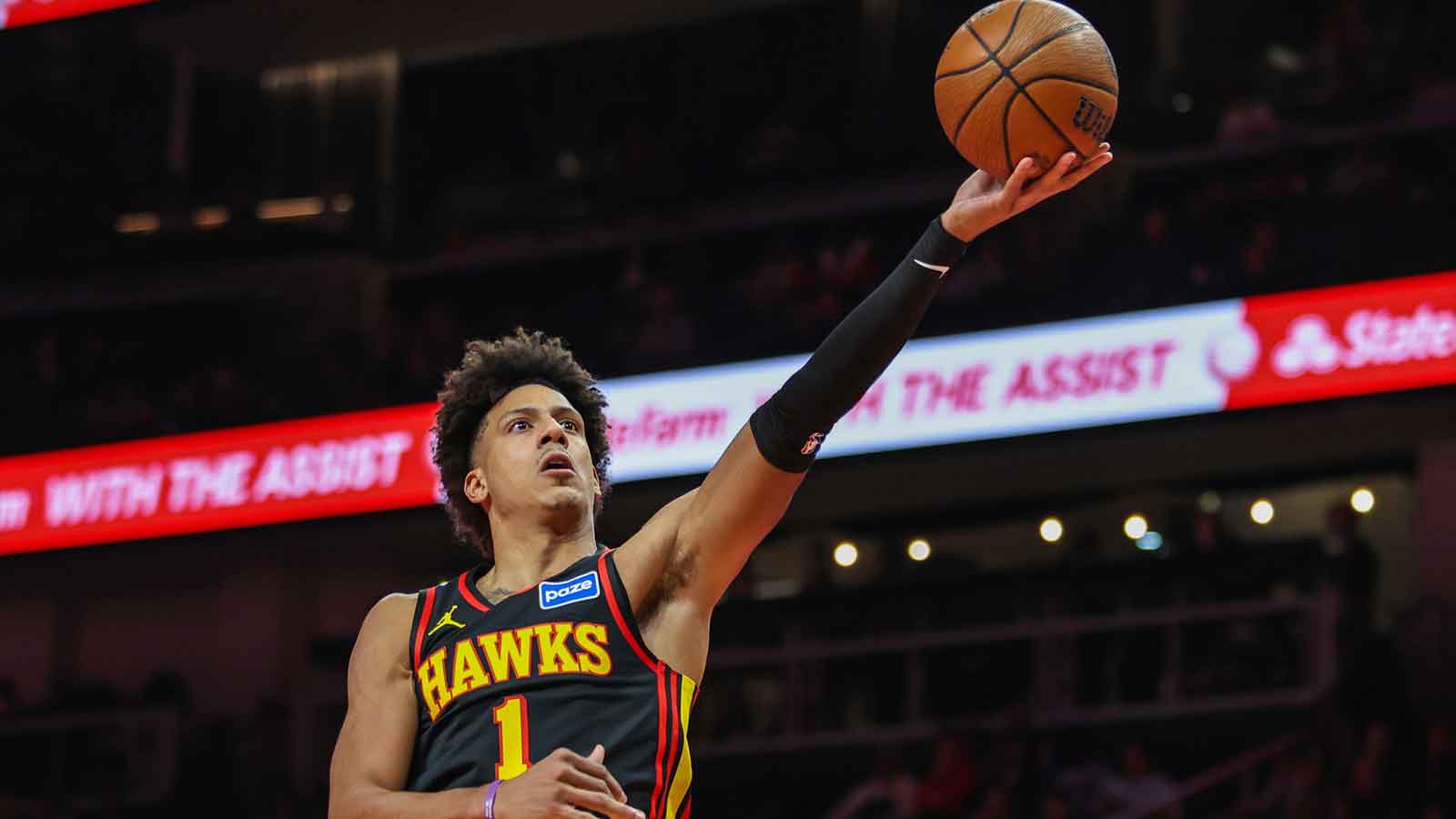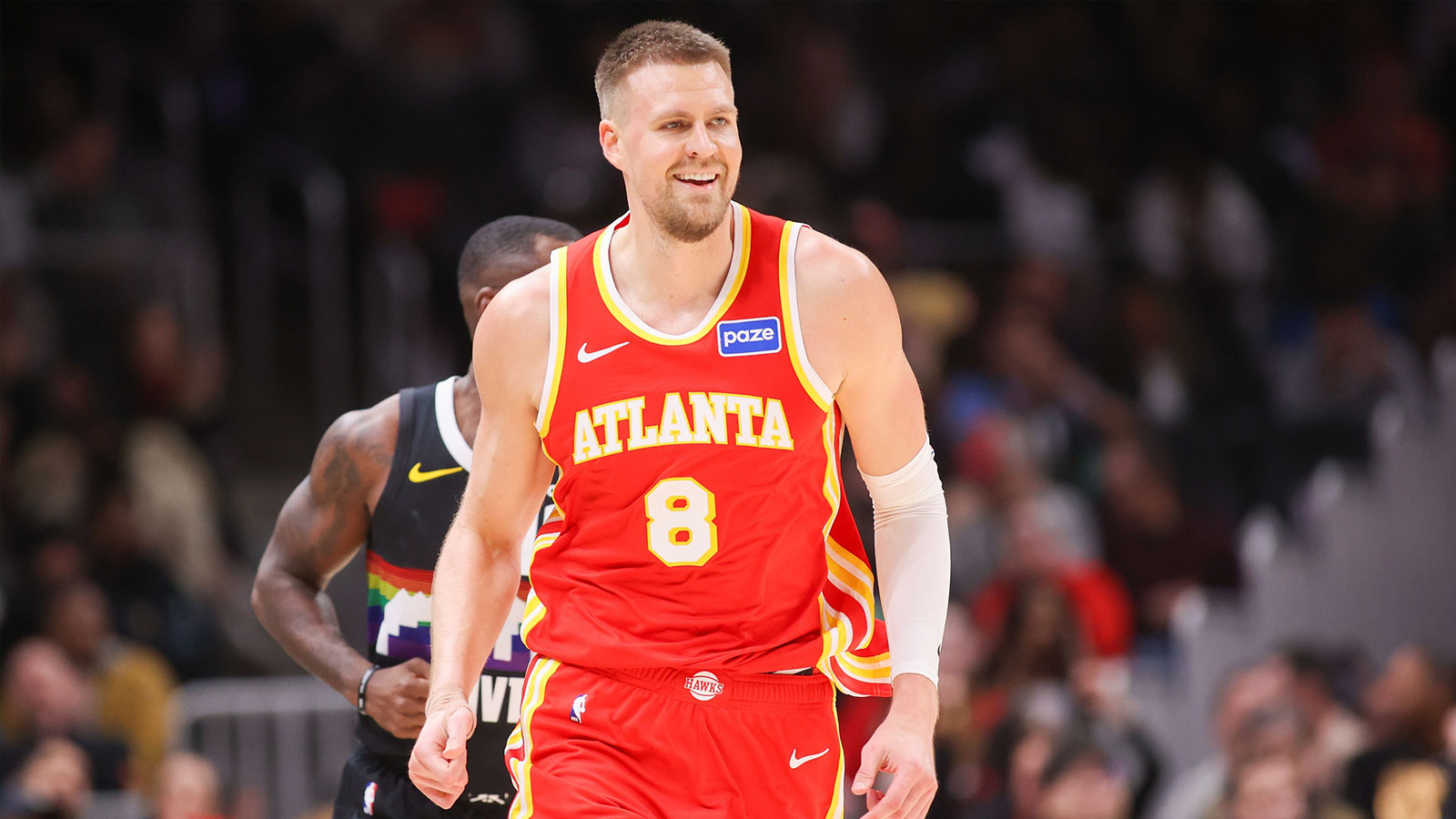The Atlanta Hawks enter 2025-26 as one of the Eastern Conference’s most interesting stories. After meaningful draft picks, savvy free-agent acquisitions, and a splash trade for Kristaps Porziņģis, they’ve built a roster that balances youthful upside with veteran stability.
The likes of Jalen Johnson, Zaccharie Risacher, Dyson Daniels, and incoming rookies Asa Newell and Nikola Đurišić form a core with long-term promise, while veterans like Nickeil Alexander-Walker, Luke Kennard, and Porziņģis bring immediate firepower. Even Keaton Wallace and Jacob Toppin have raised expectations through flashes in the Summer League and the G League.
Yet, in a league where roster construction is as much strategic as it is about talent, even promising young pieces can become trade assets. Here are two such players who may find themselves moved sooner than expected.
Keaton Wallace: Energizing spark or trade asset?
Keaton Wallace returned to Atlanta on a two-way contract, following a breakout end to the 2024-25 season. Last year, he averaged 5.4 points, 2.6 assists, and 1.6 rebounds in 16.2 minutes across 31 games.
We've re-signed Keaton Wallace to a two-way contract! pic.twitter.com/MXF1ew1fmc
— Atlanta Hawks (@ATLHawks) July 19, 2025
Crowning moment came in a season finale against Orlando, when he recorded a historic stat line: 15 points, 15 assists, 11 rebounds, and 5 steals, becoming the first player in Hawks history to deliver such a performance. That, and a career-high 27-point game against the Bulls in January, signaled that he can flash at a high level.
Despite these highlights, the Hawks' overloaded backcourt, with Alexander-Walker, Kennard, Trae Young, and Kobe Bufkin vying for minutes, threatens Wallace’s long-term role. At just 26, his athleticism, on-ball defense, and playmaking make him intriguing to playoff-seeking teams that value energetic two-way depth off the bench.
Wallace, on a two-way deal with minimal guaranteed money, is a low-cost trade asset. Atlanta could include him in a trade package to help bridge the salary for a veteran addition, or flip him outright for draft capital from a team needing backcourt reinforcement. The Hawks’ depth makes him expendable, even as his flashes make him transferable.
Wallace’s combination of upside, affordability, and team-friendly contract is the epitome of a flexible trade chip for the Hawks.
Jacob Toppin: Athletic potential with question marks
Jacob Toppin, like Wallace, signed a two-way deal with Atlanta this offseason. A 6’8” forward with a reputation for athleticism and scoring upside.
Jacob Toppin brought his bag to Vegas 👝 pic.twitter.com/lBriPeKhmF
— Atlanta Hawks (@ATLHawks) July 11, 2025
The Hawks see in Toppin what many teams covet: a developmental project with wingspan, motor, and positional versatility, plus, he has narrative appeal as the younger brother of Obi Toppin. But with more established players crowding forward rotations, his path to consistent minutes remains narrow.
Priced affordably and on a flexible two-way contract, Toppin could be a useful salary-matching piece or leveraged for future assets. If Atlanta opts to prioritize immediate, playoff-ready talent over long-term upside, Toppin may become movable as a high-upside add-on or traded for a depth-oriented veteran whom the Hawks can rely on right away.
Toppin embodies “controlled potential”, someone a contending team may want to cultivate, and someone Atlanta may trade when proven roster consistency takes precedence.
Why now? Roster dynamics & strategic timelines
The Hawks’ summer work, drafting Asa Newell, signing veterans like Luke Kennard and Nickeil Alexander-Walker, and acquiring Kristaps Porziņģis, has reshaped their roster outlook. A long-talked-about youth movement is now married to star power and playoff expectations.
With aspirations rising and time-sensitive ambitions in play, Atlanta may find it optimal to convert two-way development assets like Wallace and Toppin into more immediate value, whether that’s backcourt balance, frontcourt depth, or draft capital. The margin for error shrinks when playoff windows open, turning developmental mouths into trade fodder.
The Hawks have quietly built a layered, versatile roster. But in a league that rewards timing, even promising players can become movable when ambition accelerates. Keaton Wallace and Jacob Toppin offer energy, athleticism, and affordability, but more importantly, they’re movable pieces whose value could be maximized in trade before the Hawks settle into postseason roles.
Depth is valuable, but in the playoffs, only the best fit. And in Atlanta this season, value and fit may not fully align. Let me know if you’d like mock trade scenarios or dealership trade returns for either of these two-way standouts.
Other mid-season Hawks to watch
While Wallace and Toppin are the earliest movers, a few others may also be on the radar as Atlanta fine-tunes its rotation midseason:
Nikola Đurišić
A sharpshooter on a standard contract, he could be swapped for spacing or youth depending on matchups.
Caleb Houstan
Another bench shooting option; his two-way potential could make him tradeable if the Hawks want more defensive flexibility.
Eli Ndiaye
A two-way big with upside; could be flipped for pick equity or frontcourt rotation help as minutes shrink.

